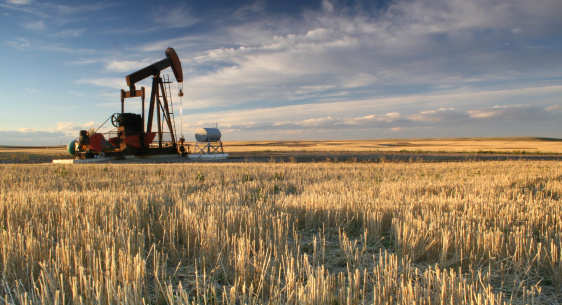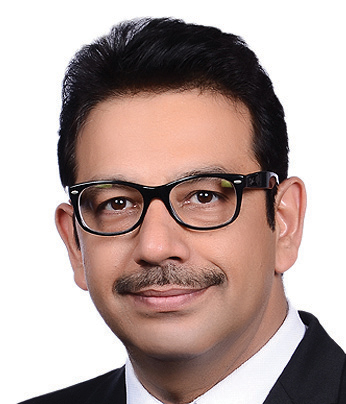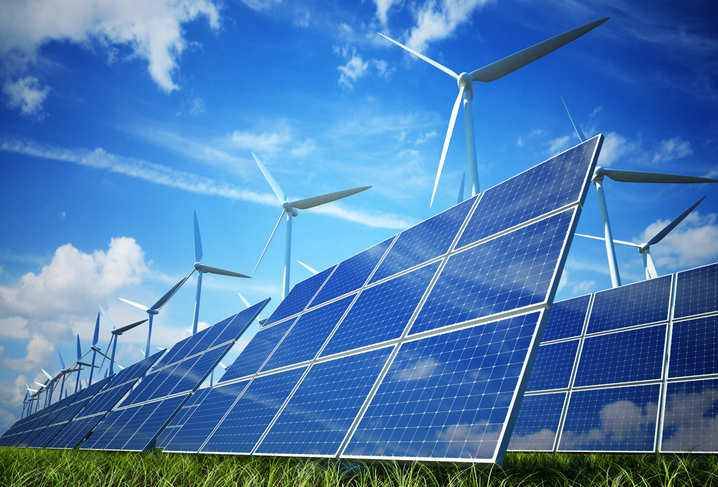
July 27
India hastens hydropower projects in Jammu and Kashmir
In a bid to utilise the provisions of the Indus Waters Treaty to the full, India is planning speedy construction of eight hydroelectric projects in Jammu and Kashmir. They will have a total installed capacity of 6,352 MW at a projected cost of Rs 56,700 crore (about $9 billion).
These projects are Sawalkote (1,856 MW), Kirthai I (390 MW), Kirthai II (930 MW), Pakal Dul (1,000 MW), Kwar (540 MW), Kiru (624 MW), Bursar (800 MW) in the Chenab basin and the multi-purpose Ujh project (212 MW) in the Ravi basin.
Most of the new projects are in detailed project report (DPR) stage. That is the stage after the initial studies but before any major construction.
"There is no doubt that the speed with which these projects are being studied now is unprecedented. For example, the central power ministry was literally after our lives while seeking the submission of NoCs [No Objection Certificates] for Sawalkote and Kirthai projects," an official in the Jammu and Kashmir State Power Development Corporation (JKSPDC) said, speaking on the condition of anonymity.
He added that technical and economic clearance (TEC) for these projects was done within weeks in 2016 following the dithering of over 50 years from when the projects were first identified in the 1960s.
He said that the Centre has already issued grants to cover the entire financing to Jammu and Kashmir for completing three projects with a total capacity of 2,164 MW (Pakal Dul, Kwar and Kiru) by 2022-23 and has assured it will fund the rest of the projects within the next decade provided the state commits to joint ventures with central public sector companies like the National Hydroelectric Power Corporation, the Satluj Jal Vidyut Nigam or others.
Shah Faesal, the managing director of JKSPDC, refused to comment on whether the urgency being shown for power development was because of political reasons. "I can't comment on that. But, yes, we are keen about the speedy development of power projects in our state. Being an important organisation for the state, JKSPDC is trying to contribute to the development of the resources of the state," Faesal said.
Shakil Romshoo, the head of the Earth Sciences Department at Kashmir University, believes that Pakistan will object once these projects are finalised and the plans put in public domain. "Given the political history shared by the two countries and the recent developments over water-sharing between India and Pakistan, of course, Pakistan will raise objections," Romshoo said.
Romshoo's colleague, Mohammad Sultan Bhat, who heads the university's Geography Department, said that Pakistan will react sharply to projects like Bursar and Sawalkote notwithstanding the fact that India says they are going to be constructed as per the provisions of the 1960 Indus Waters Treaty (IWT) between the two countries. The Chenab and Ravi rivers are parts of the larger Indus basin.
Under the treaty, the waters of the three western rivers in the basin -- Indus, Jhelum and Chenab -- are allocated to Pakistan, while the waters of the three eastern rivers -- Ravi, Beas and Sutlej -- are allocated to India. However, India, upstream of Pakistan, has the right to "non-consumptive" uses of the waters of the western rivers as well.
In the Chenab basin, some of the new projects are being planned to produce hydropower through the "run-of-the-river" technique, in which a river's water is not held back in a reservoir, but diverted through a tunnel, after which it turns turbines to generate electricity before flowing back into the river.
"We have seen in recent times that Pakistan has raised strong objections to power projects like Baglihar and Kishanganga. They are going to do the same, especially at a time when India has openly said that it is going to use water as a strategic tool to put pressure on Pakistan," Bhat said.
Even in India, there is controversy over two of the projects. The first is the 1,856 MW Sawalkote project in Ramban and Udhampur districts of Jammu and Kashmir -- a run-of-the-river project. But green groups contend that the environmental impact assessment (EIA) report about the project is "misleading". In January 2016, a group of eminent people wrote of their concerns regarding the "deeply flawed" EIA report for the Sawalkote project.






